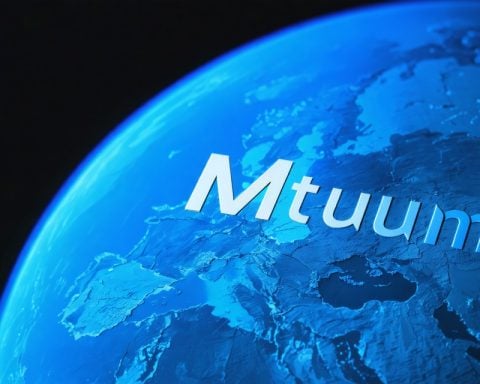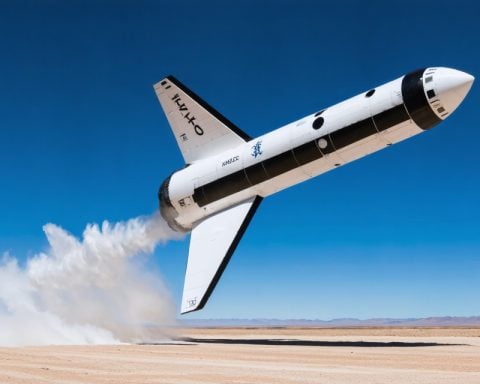A Historic Find in Iraq
A remarkable breakthrough has emerged from the collaboration of archaeologists from Durham University in the UK and the University of al-Qadisiyah in Iraq. They have pinpointed the site of the Battle of al-Qadisiyyah, a pivotal clash that took place around A.D. 636 or 637, about 19 miles from Kufa in the Najaf governorate of Iraq. This confrontation marked a significant defeat for the Sasanian Empire at the hands of the Rashidun Caliphate’s Arab Muslim forces, reshaping the course of Islamic and global history.
The cultural importance of this battle resonates deeply within the Arab Muslim community as it symbolizes the expansion of Islam across the region, influencing areas that now encompass modern-day Iraq and Iran, and extending across the Middle East, Africa, and Asia.
Despite its significance, the precise battlefield’s location remained elusive for centuries. Previous historical documents provided only a vague radius of 6.2 to 12.4 miles until recent research brought it within a much narrower range of 0.62 miles. Utilizing declassified U.S. spy satellite images from the 1970s, the team surveilled the ancient Darb Zubaydah pilgrimage route, revealing critical features that corresponded to historical accounts of the battle.
Archaeological ground surveys have yielded artifacts such as pottery, further substantiating their findings. As research continues, there is hope for a comprehensive exploration of the battlefield’s layout, illuminating this key moment in history.
A Groundbreaking Discovery: The Historic Battlefield of al-Qadisiyyah Uncovered
The Significance of the Battle of al-Qadisiyyah
The Battle of al-Qadisiyyah holds a crucial place in history, marking a turning point in the expansion of Islam beyond the Arabian Peninsula. Fought between the Rashidun Caliphate and the Sasanian Empire around A.D. 636 or 637, this battle was not only a substantial military conflict but also a cultural and ideological shift in the ancient world. The defeat of the Sasanian forces signified the decline of Zoroastrianism and the rise of Islamic power, with effects rippling across centuries into modern nation-states such as Iraq and Iran.
Archaeological Innovations: Techniques and Technology
The recent identification of the battlefield site has relied on multiple innovative techniques. Archaeologists combined traditional digging methods with advanced technology, including the analysis of declassified U.S. spy satellite images from the 1970s. This pioneering approach has allowed researchers to narrow down the battlefield’s geographical footprint considerably, identifying significant features along the Darb Zubaydah pilgrimage route that correlate with historical texts describing the engagement.
This blend of technology and archaeology exemplifies a new trend in historical research, where multidisciplinary teams leverage tools like satellite imagery, GIS analysis, and drone mapping to enhance archaeological methodologies.
Use Cases of the Findings
The findings from the al-Qadisiyyah site have several potential use cases:
1. Educational Resource: The artifacts and geographical data can serve as an interactive learning tool for students of history and archaeology.
2. Tourism Development: Increased interest in historical sites can boost local economies through heritage tourism.
3. Cultural Heritage Preservation: Understanding the site can help in its preservation for future generations, emphasizing its value to cultural identity.
Challenges and Limitations
While the discoveries are monumental, several challenges and limitations are faced:
– Environmental Conditions: The harsh conditions of Iraq’s Najaf governorate may limit the effectiveness of prolonged archaeological excavations.
– Funding and Resources: Continued research relies heavily on funding, often restricted by political and economic factors in the region.
– Public Interest: Ensuring sustained global interest in ancient history can be difficult, as modern events often overshadow archaeological findings.
Pricing Insights: Funding Research
Funding archaeological projects can significantly affect the pace and scope of discoveries. Grants from universities, governments, and non-profit organizations play a vital role in enabling research teams to conduct comprehensive surveys and excavation projects. For instance, collaborative funding initiatives that unite governments and academic institutions can widen the financial resources available for large-scale projects like the study of al-Qadisiyyah.
Predictions for Future Discoveries
As archaeological methods continue to evolve, experts predict that additional significant finds from sites linked to early Islamic history will reshape our understanding of the cultural and military dynamics of the period. With advancements in AI and remote sensing technologies, future research may uncover new sites related to not just this battle but other critical conflicts that defined the early Islamic era.
Conclusion
The archaeological discovery of the Battle of al-Qadisiyyah site offers not only a glimpse into a pivotal moment in history but also emphasizes the importance of modern techniques in uncovering and preserving our shared past. As excavations continue, the hope remains that this site will illuminate further the complexities and narratives surrounding the rise of Islam and its impact across continents.
For more insights into archaeologically significant discoveries, please visit Archaeology Magazine.









